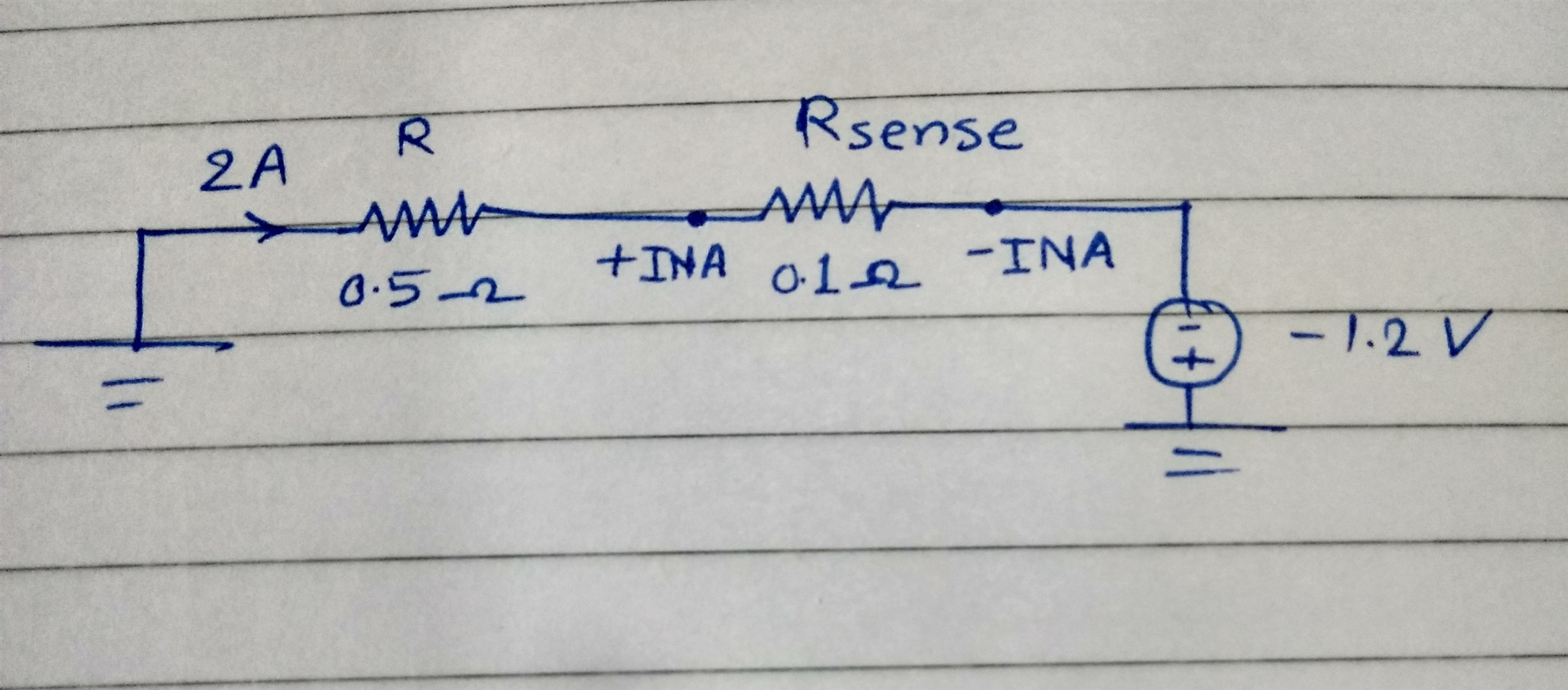IC is not working in negative common mode voltage. It's working in positive common mode voltage & when it is given negative common mode voltage its output voltage is not as per expectations.
After connecting the the negative common mode voltage the ic damages and don't work anymore.
The circuit on which I conducted the tests is given below.



